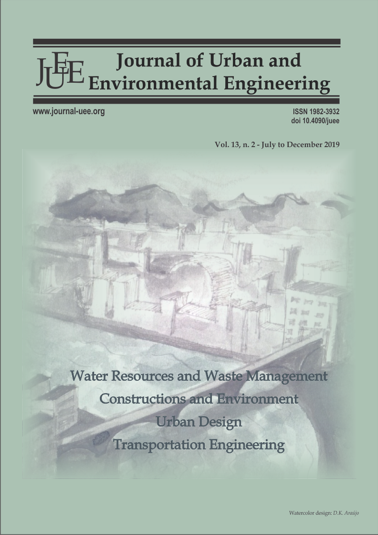HEAVY METALS ADSORPTION BY OXYTETRACYCLINE HYDROCHLORIDE TETRACYCLINE ANTIBIOTIC WASTEWATER EXCESS ACTIVE SLUDGE
DOI:
https://doi.org/10.4090/juee.2019.v13n2.274-284Keywords:
tetracycline hydrochloride antibiotic, excess active sludge, heavy metal, adsorption, ion exchangeAbstract
Tetracycline wastewater excess active sludge TEAS was studied for the possibility of heavy metal ions adsorption and barrier materials in the landfill. TEAS was characterized by SEM, element analysis, TGA and FT-IR techniques. The characterization of TEAS demonstrated mounts of remaining hypha residues existed in sludge. High-temperature drying of sludge reduced the potential risk of remaining Tetracycline bleaching. The Adsorption thermodynamics study of TEAS to the Cu2+, Ni2+ ,and Cd2+ indicated a spontaneous and endothermic nature of the adsorption process. The best equilibrium data was given by Langmuir isotherm, and the maximum adsorption capacities were 18.484,14.837 and 9.116 mg/g for Cu2+, Ni2+ and Cd2+, respectively. The kinetic data of adsorption were described by a pseudo-second-order equation, indicating their chemical adsorption. The main mechanism of metal biosorption was cation exchanged is expected that TEAS could be used as a promising co-disposal and attenuation material in the landfill to hinder the heavy metal solution into Landfill leachate.Downloads
Download data is not yet available.
Downloads
Published
2019-10-06
Issue
Section
Articles




